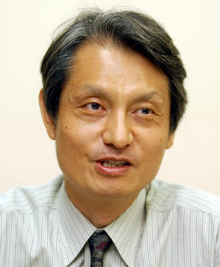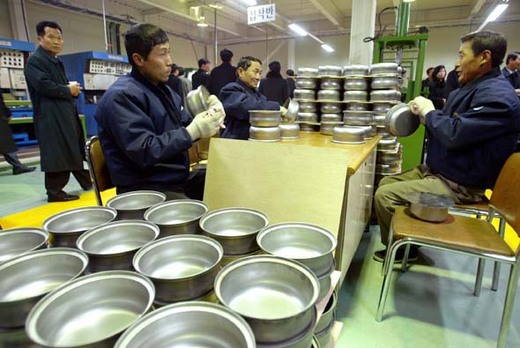 |
|
Lee Jong-won, Rikkyo University, Japan |
Lee Jong-won, Rikkyo University, Japan
There was an interesting international meeting in Kaesong last week. An organization of university presidents in Northeast Asia, headed by Kyungnam University’s Park Jae-kyu and the Association of Korean University Presidents, held an international conference titled "A Northeast Asian Community and the Role of the University." Some 70 participants were in attendance from the U.S., China, Russia, Japan, Mongolia, Taiwan, and Korea. The program began in Seoul and continued at the Kaesong industrial complex the next day. The event ended with beverages served by North Korean waitresses in the tidy new meeting center in Kaesong. The symposium was of course interesting just by itself. It is very significant that parts of the event were held on opposite sides of the DMZ. For myself and others who came from other countries, it was a precious experience. I had read that the Kaesong industrial complex had become so much of an everyday existence that you can commute from downtown Seoul every morning, but it was still a shock for overseas participants to cross the DMZ to hold a conference. We went back and forth from two different worlds in half a day, and while doing so, were able to simultaneously sense the difficulties and possibilities of the situation on the Korean Peninsula.
 |
|
A factory of the Living Art craft company, seen in 2004, part of the the Kaesong special economic zone in North Korea. (Yonhap News)
|
I was able to see how travel between North and South has become commonplace. When we arrived at the South’s CIQ (customs, immigration, and quarantine) checkpoint, there were already dozens of people waiting in line. We were told they were employees of South Korean companies with facilities there. While members of our party busily looked around in tense curiosity, those in line looked comfortable and disinterested in their surroundings as they waited to be processed. The procedures on the Northern side were much simpler and more businesslike than I had expected. While we were in Kaesong you could barely feel any tension, as North and South Koreans mingled naturally while at work. Participants responded differently according to from where they came. Perhaps because Taiwan already has a lot of joint ventures with China, the Taiwanese were more interested in the military confrontation along the DMZ. It was those who came from Japan who looked the most tense and perplexed. It has supposedly quieted down a lot, but the mood was so very different from the situation in Japan, where a belligerent attitude towards North Korea continues. The conference room in which we met in Kaesong is usually used to discuss investment opportunities, and our international conference was something of an exception. But I came to hope that it could be used as a place for education, where young people from the countries of Northeast Asia, particularly Japan and Korea, would be able to think about the meaning of change on the peninsula and the meaning of the "Northeast Asian era." Much about international politics is determined by perception and that, in turn, depends largely on experience. In addition to South Korea’s efforts to end the Cold War on the peninsula, it also needs to work harder to make the existence of Kaesong known internationally. I’m reminded of how Lu Xun said that roads exist not to begin with, that instead they are created as the result of people walking. There is already a wide road from Seoul to Kaesong.





